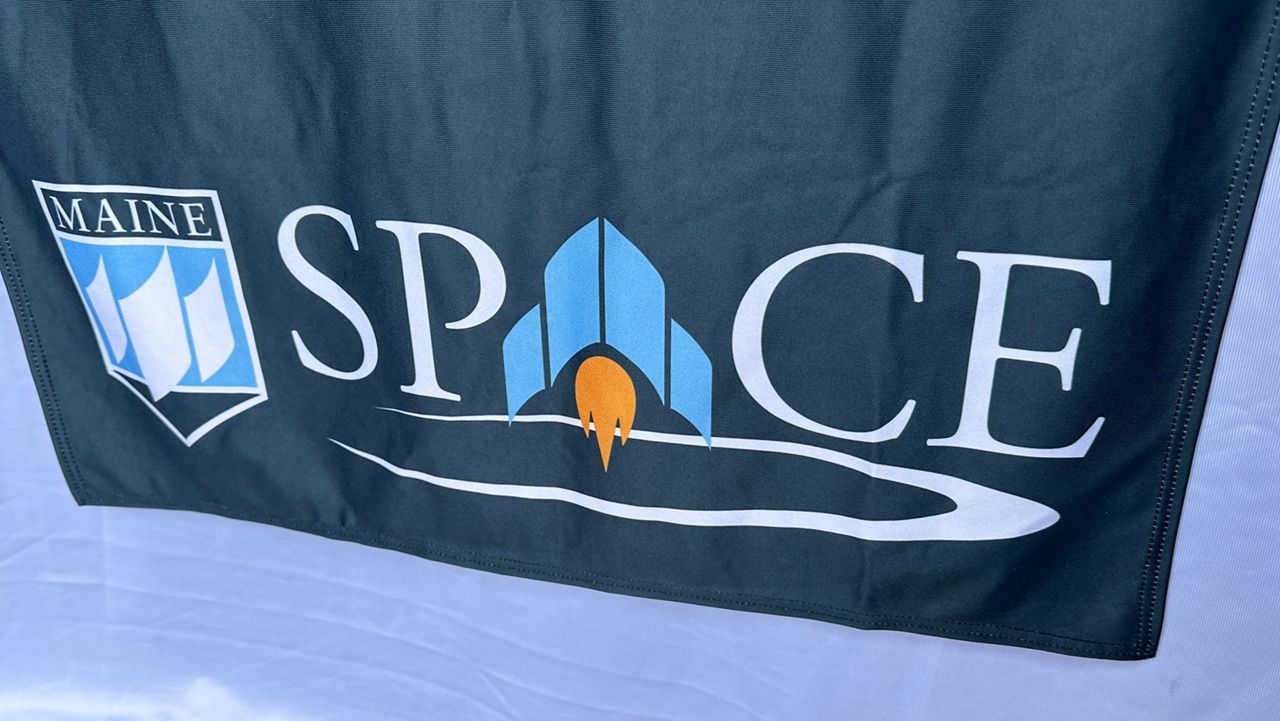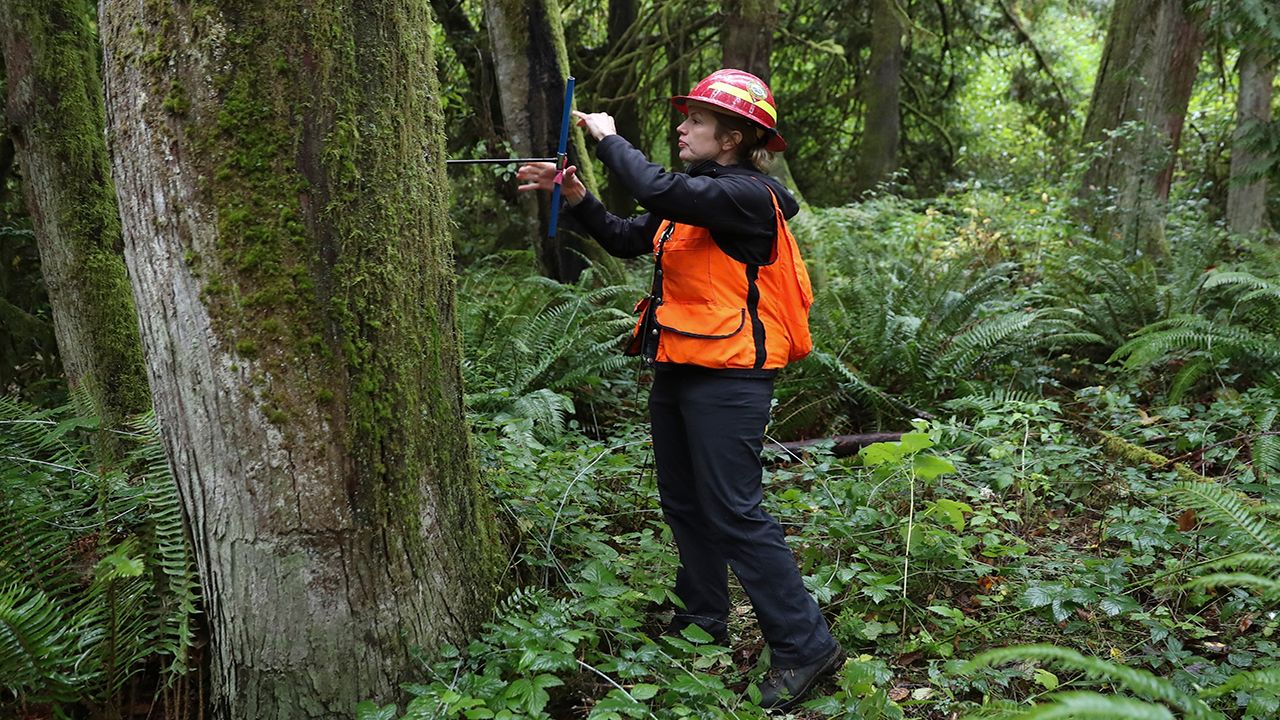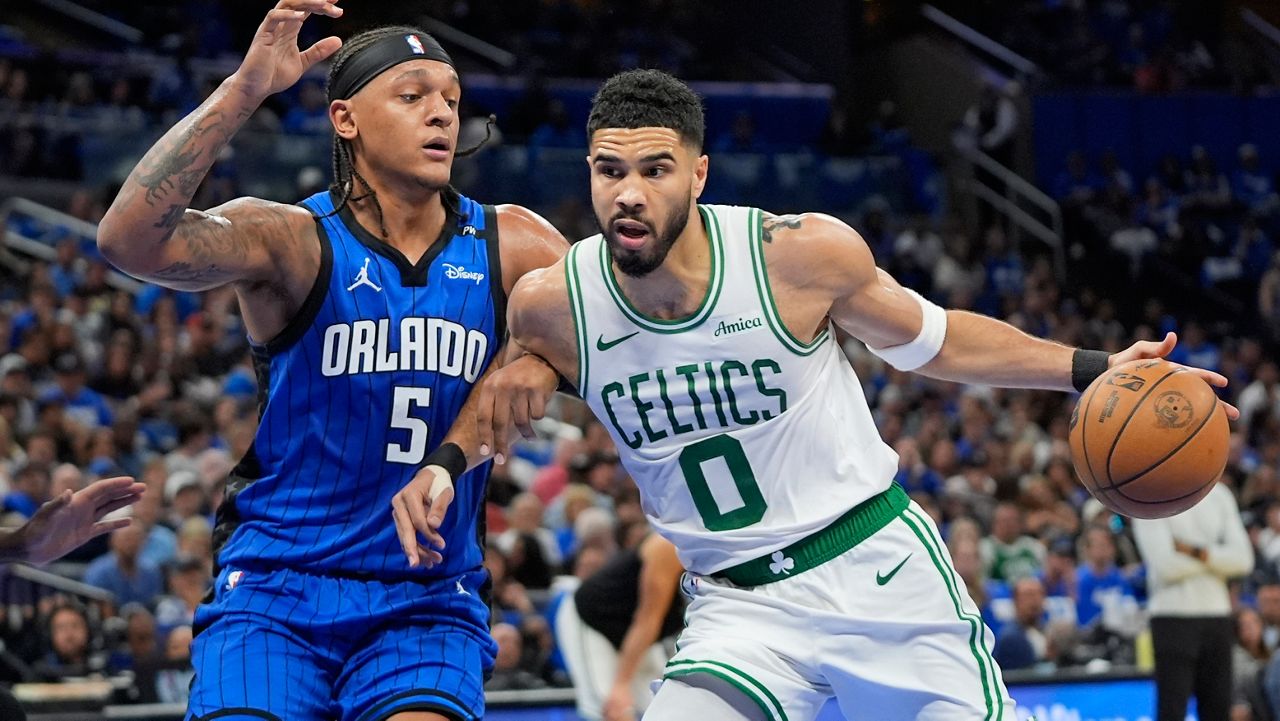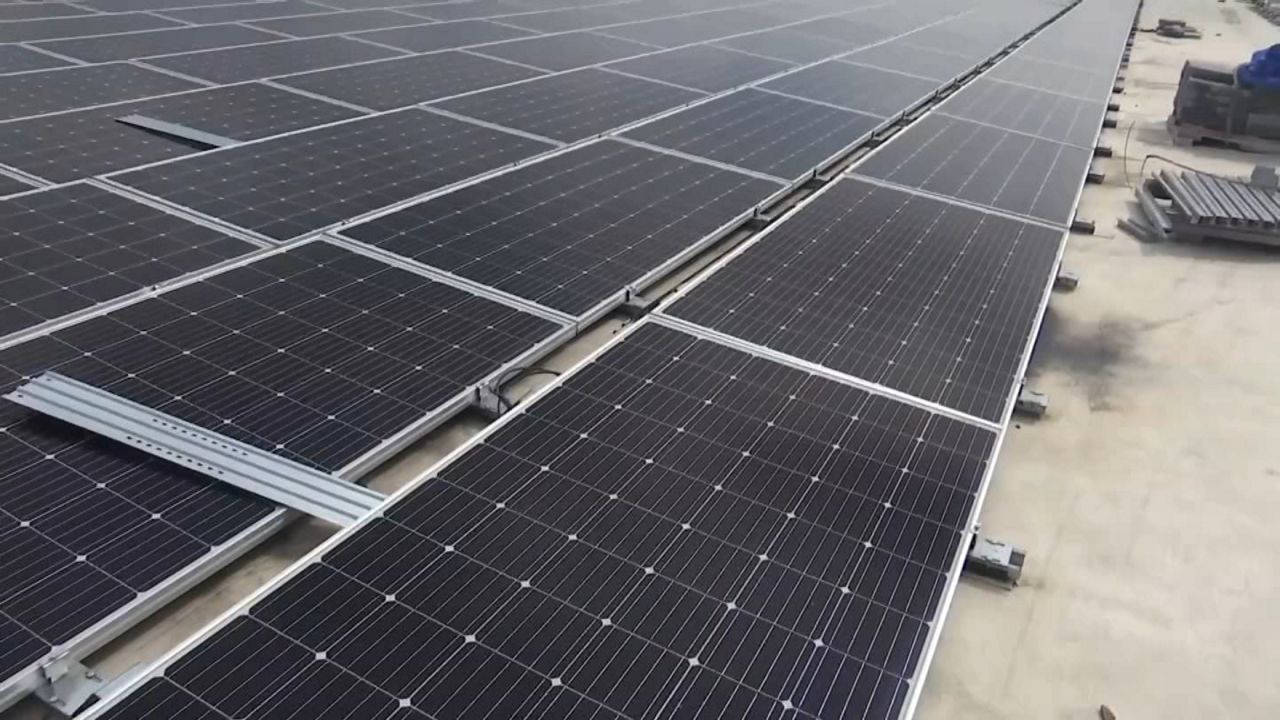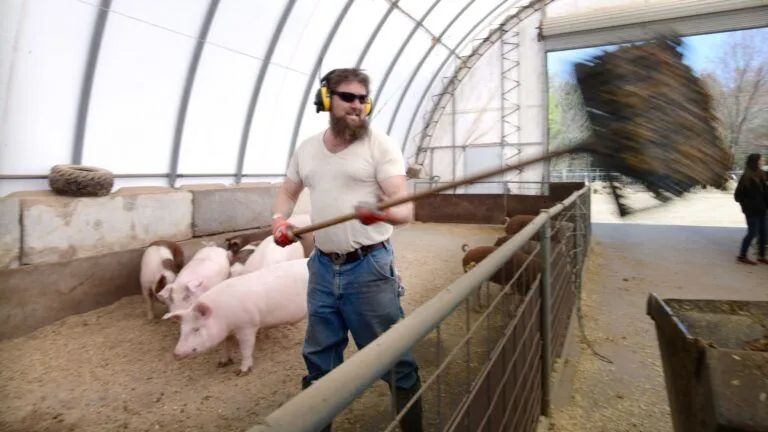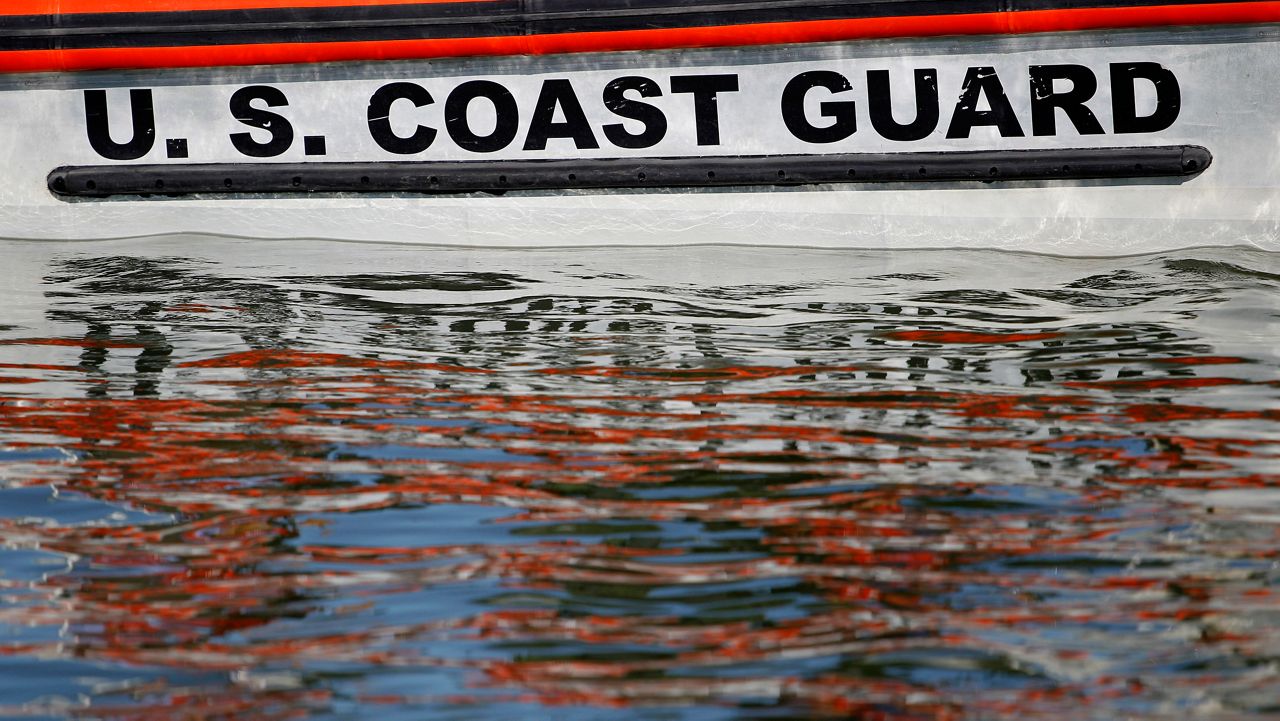In a nondescript building at the University of Maine, in the shadow of the Mahaney Dome, sits the Wireless Sensing Laboratory.
Outside, there’s a tall metal pole with what looks like old school television rabbit ears on top. In a way, they are similar, said Ali Abedi, association vice president for research at the University of Maine.
Except these “rabbit ears” are pulling in data from space, specifically a low-earth orbit satellite launched in July. Abedi described it as a “small laboratory in space” that sends data back to help with experiments designed by middle and high school students in Maine.
Called MESAT1, it gathers climate data, including temperatures and information about solar panels. Back on Earth, UMaine college students can spin the antenna to keep in touch with the satellite and analyze the information.
“We want to provide low-cost space data for various traditional industries like tourism, forestry, aquaculture by looking at various parts of Maine,” Abedi said. “Noting that this satellite is not just over Maine, it goes all over the world.”
On Friday, college students in orange jumpsuits with NASA patches showed off their laboratory and Abedi took journalists through NASA’s inflatable habitat structure. Built at a NASA facility in Texas, it’s been on the UMaine campus for more than a dozen years as part of research at the university.
Located inside the Wireless Sensing Laboratory, the habitat looks like a large canvas tent. It’s designed to fold into a smaller cylinder that could be used by astronauts on the moon or Mars, Abedi said.
There’s a sleeping area and research space. The university is developing technologies to make the structures even safer for astronauts in the future, he said.
When it comes to the satellite, it’s expected to continue to be in orbit for six months to two years. UMaine is one of only 10 universities in the country to win an OSCAR — Orbiting Satellites Carrying Amateur Radio — designation.
“That makes us very proud of the quality of workmanship of our students,” he said.
As they move forward, UMaine wants to be able to launch multiple, low-cost satellites throughout the year.
“We can even expand this into making Maine a leader in providing access to space data for the entire research community in the world,” he said.





